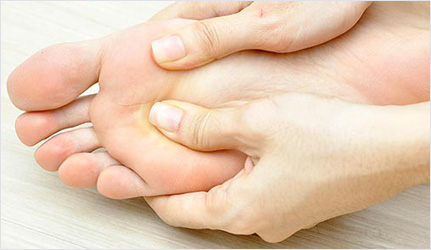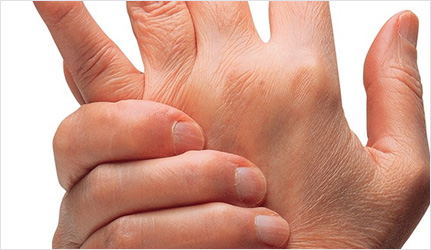
Gout is the most common inflammatory disease caused by deposition of MSU (Monosodium Urate) in joints/kidneys & other tissues. It affects 1-2 % of adults with increasing prevalence 7% in men over 65 years & 3% in post menopausal ladies. Raised uric acid often a part of metabolic syndrome needs dietary modification (seafood, alcohol, redmeat, sucrose containing soft drinks) etc. Judicious use of cold compress, NSAIDS, colchicines, tapering dose of steroids & later introduction of uric acid lower agents can often prevent the severe pain+comorbities.
Gout occurs when excess uric acid (a normal waste product) collects in the body, and needle-like urate crystals deposit in the joints. This may happen because either uric acid production increases or, more often, the kidneys cannot remove uric acid from the body well enough. Certain foods and drugs may raise uric acid levels and lead to gout attacks.
These include:
1) Shellfish and red meats
2) Alcohol in excess
3) Sugary drinks and foods that are high in fructose
4) Some medications, such as:
- Low-dose aspirin (but because it can help protect against heart attacks and strokes, we do not recommend that people with gout stop taking low-dose aspirin)
- Certain diuretics ("water pills") such as hydrochlorothiazide (Esidrix, Hydro-D) and Lasix
- Immunosuppressants used in organ transplants such as cyclosporine (Neoral, Sandimmune) and tacrolimus
Over time, increased uric acid levels in the blood may lead to deposits of urate crystals in and around the joints. These crystals can attract white blood cells, leading to severe, painful gout attacks and chronic arthritis. Uric acid also can deposit in the urinary tract, causing kidney stones.

Some other kinds of arthritis can mimic gout, so proper diagnosis (detection) is key. Health care providers suspect gout when a patient has joint swelling and intense pain in one or two joints at first, followed by pain-free times between attacks. Early gout attacks often start at night.
Diagnosis depends on finding the distinguishing crystals. The physician may use a needle to extract fluid from an affected joint and will study that fluid under a microscope to find whether urate crystals are present. Crystals also can be found in deposits (called tophi) that can appear under the skin. These tophi occur in advanced gout.
Uric acid levels in the blood are important to measure but can sometimes be misleading, especially if measured at the time of an acute attack. Levels may be normal for a short time or even low during attacks. Even people who do not have gout can have increased uric acid levels.
X-rays may show joint damage in gout of long duration. Ultrasound and dual energy computed tomography (commonly called dual energy CT) can show early features of gouty joint involvement. These imaging techniques also can help suggest the diagnosis.
